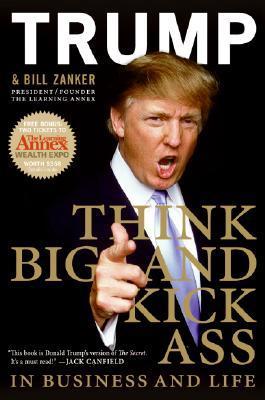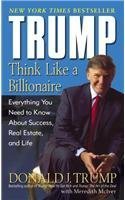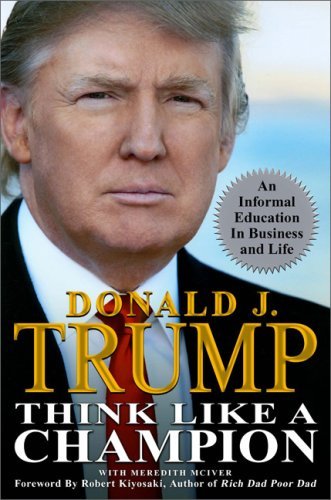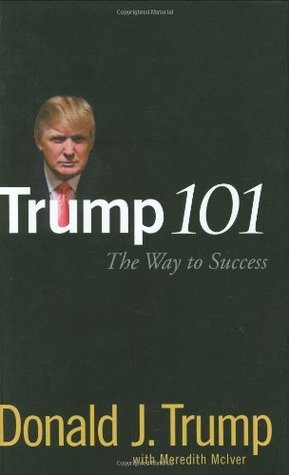
Trump: The Art of the Deal
Book Description
Unleash the secrets of success in the cutthroat world of business with 'Trump: The Art of the Deal.' Experience the adrenaline of high-stakes negotiations, bold gambles, and relentless ambition as one man navigates a landscape rife with challenges and opportunities. With vivid anecdotes and sharp insights, this electrifying narrative reveals the strategies that turned dreams into reality, from towering skyscrapers to dazzling casinos. Witness the interplay of power, persuasion, and the thrill of the chase. Can triumph emerge from chaos, or will the stakes become too high? Buckle up for a journey where every deal could change everything.
Quick Book Summary
In "Trump: The Art of the Deal," Donald J. Trump shares the philosophies, tactics, and stories behind his rise as a preeminent real estate developer in 1980s America. Blending personal memoir with practical business advice, Trump details his formative experiences, his approach to high-profile negotiations, and his fearless risk-taking. The book offers a window into the mindset and daily routines of a dealmaker who thrives in high-pressure environments. Through candid anecdotes and calculated strategies, Trump reveals how vision, persistence, and the ability to seize opportunities have shaped both his professional victories and setbacks. "The Art of the Deal" serves as both a success manual and a self-portrait of ambition in the pursuit of wealth and influence.
Summary of Key Ideas
Table of Contents
Thinking Big and Setting Ambitious Goals
Donald Trump begins by recounting his early years, emphasizing the influence of his father and his initial forays into the world of real estate. He highlights the importance of thinking big, never settling for mediocrity, and setting ambitious goals. Trump insists that cultivating self-confidence and a bold vision are fundamental to extraordinary achievement. He interweaves stories of his youth with the earliest deals that set the stage for his career, showing how an appetite for taking calculated risks became a defining trait.
The Art of Negotiation and Persuasion
Central to Trump’s philosophy is the art of negotiation. He describes negotiation as an ever-present process, where understanding both your own position and that of the counterpart is vital. Trump offers insights into tactics such as making the first move, leveraging leverage, and maintaining flexibility. Real-life examples—including iconic Manhattan real estate deals—illustrate his belief that the best negotiators are those who combine assertiveness with creativity, turning every deal into an opportunity.
Resilience in the Face of Setbacks
Trump explores the inevitability of setbacks and the resilience required to overcome them. He details moments when projects collapsed or deals fell through, emphasizing that persistence and adaptability in adversity are what separate successful people from the rest. Each obstacle is reframed as a chance to learn and adapt strategies, positioning failure not as an end but as a crucial part of long-term success.
Strategic Networking and Building Partnerships
Networking and relationship-building are recurring themes. Trump illustrates how alliances with architects, financiers, politicians, and the media have played pivotal roles in his career. He explains that forging strategic partnerships and leveraging personal connections can open doors that pure capital cannot. Trust, mutual benefit, and shared vision are identified as the backbone of effective collaboration.
Turning Challenges into Opportunities
Throughout the book, Trump underscores an opportunistic mindset—finding value and potential where others see only difficulty. He demonstrates how keen observation, rapid decision-making, and the willingness to act decisively allow him to capitalize on fleeting chances. In Trump’s view, success is a blend of preparation, intuition, and the courage to pursue bold ventures, always seeking to turn chaos and challenge into triumph.
Download This Summary
Get a free PDF of this summary instantly — no email required.





